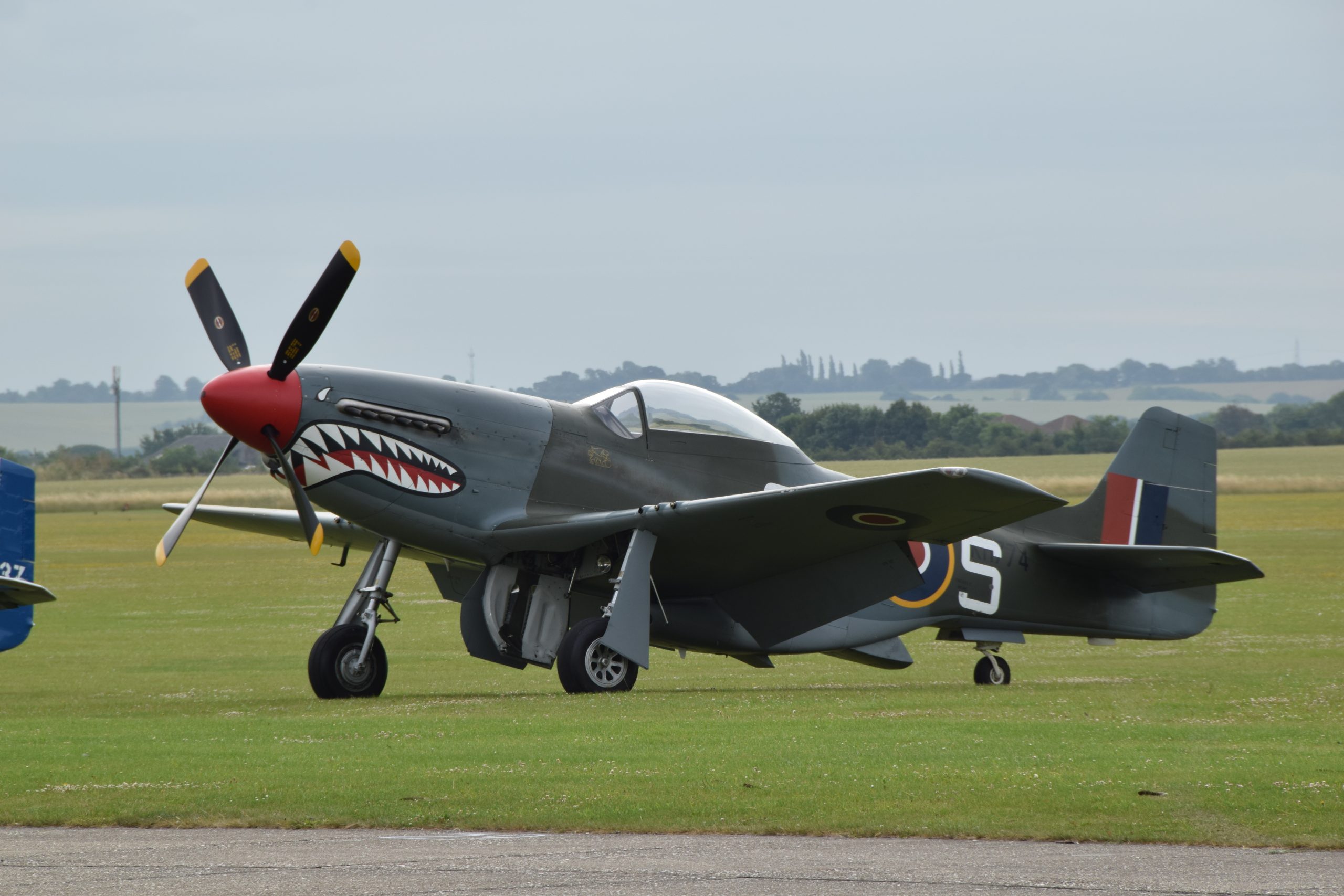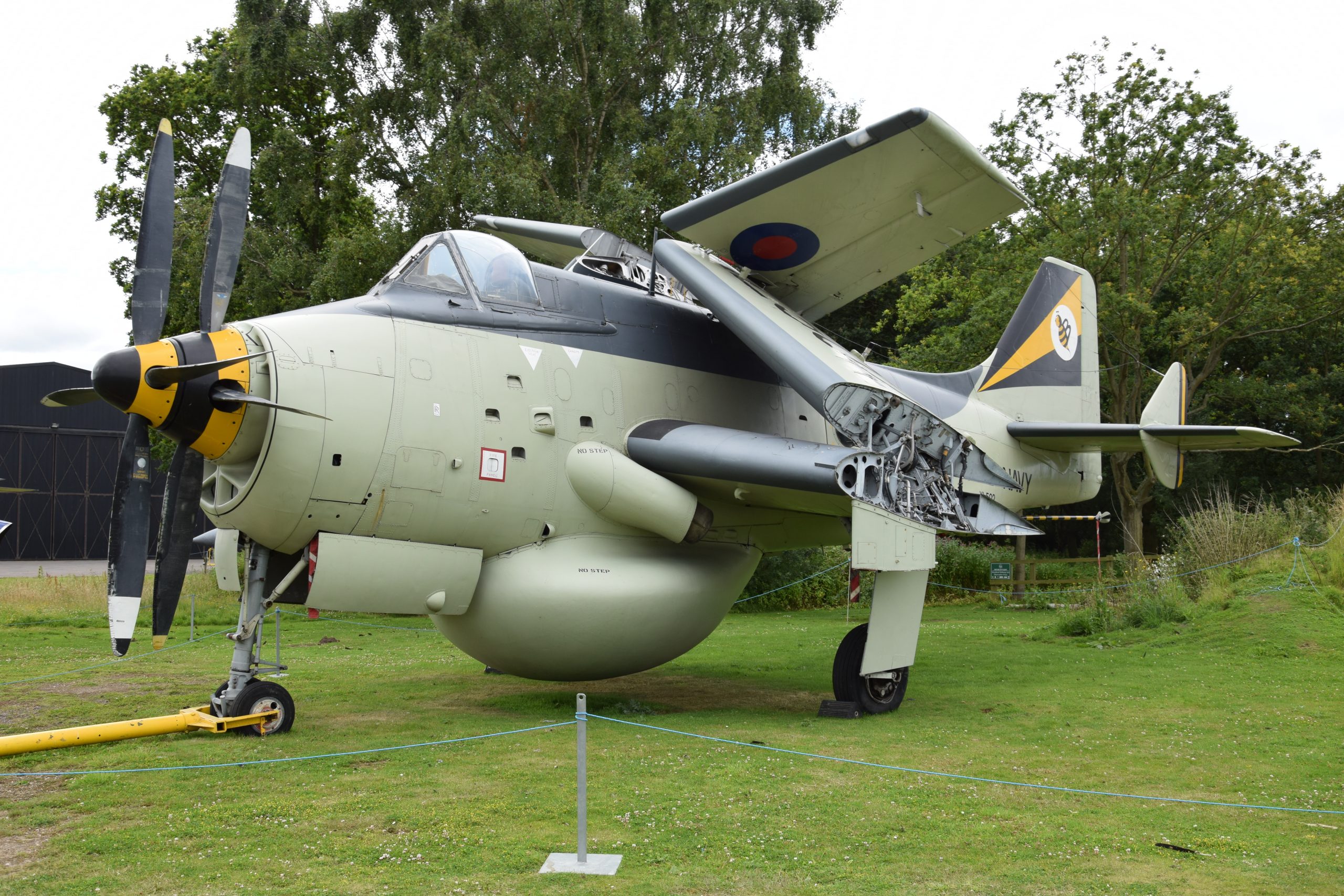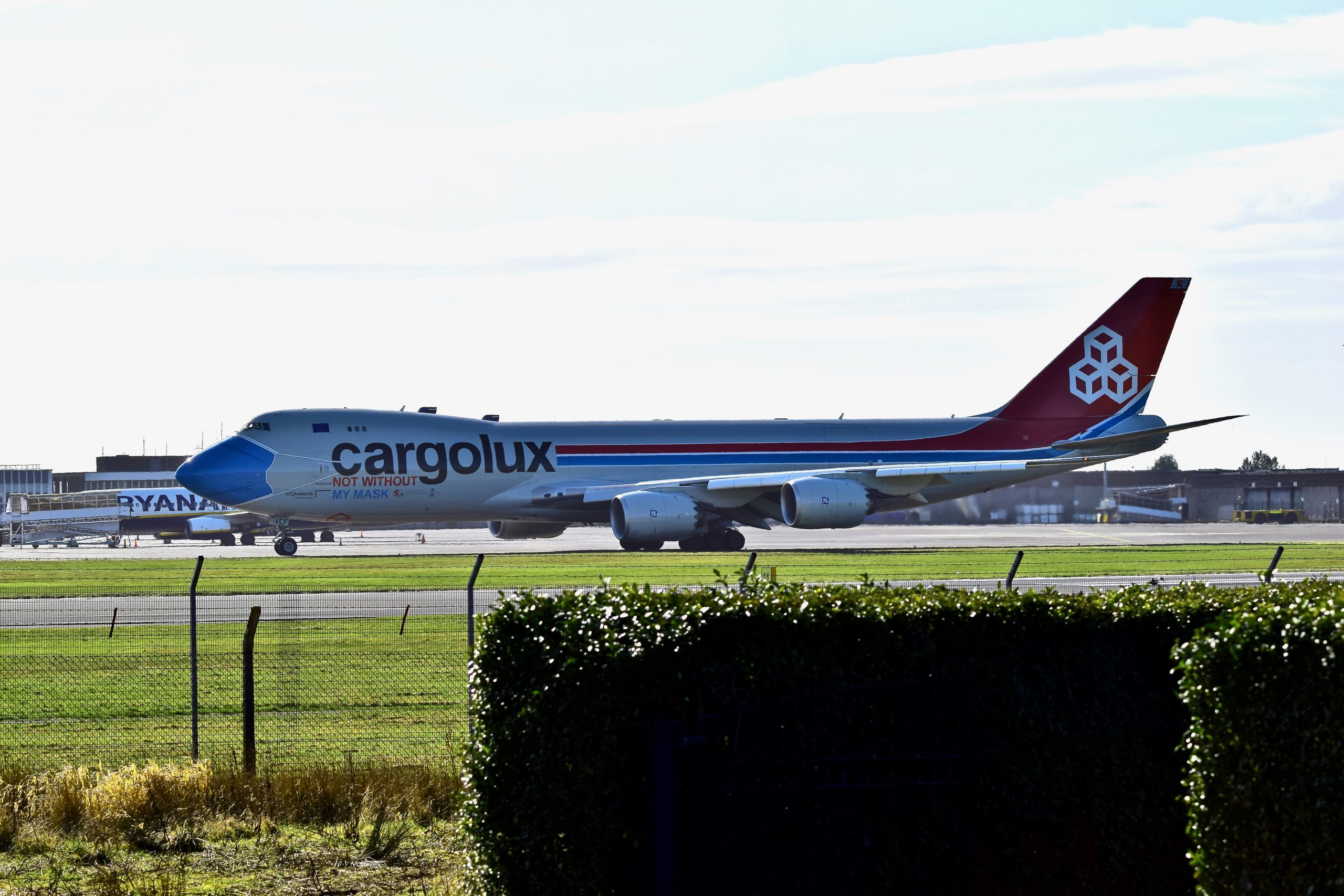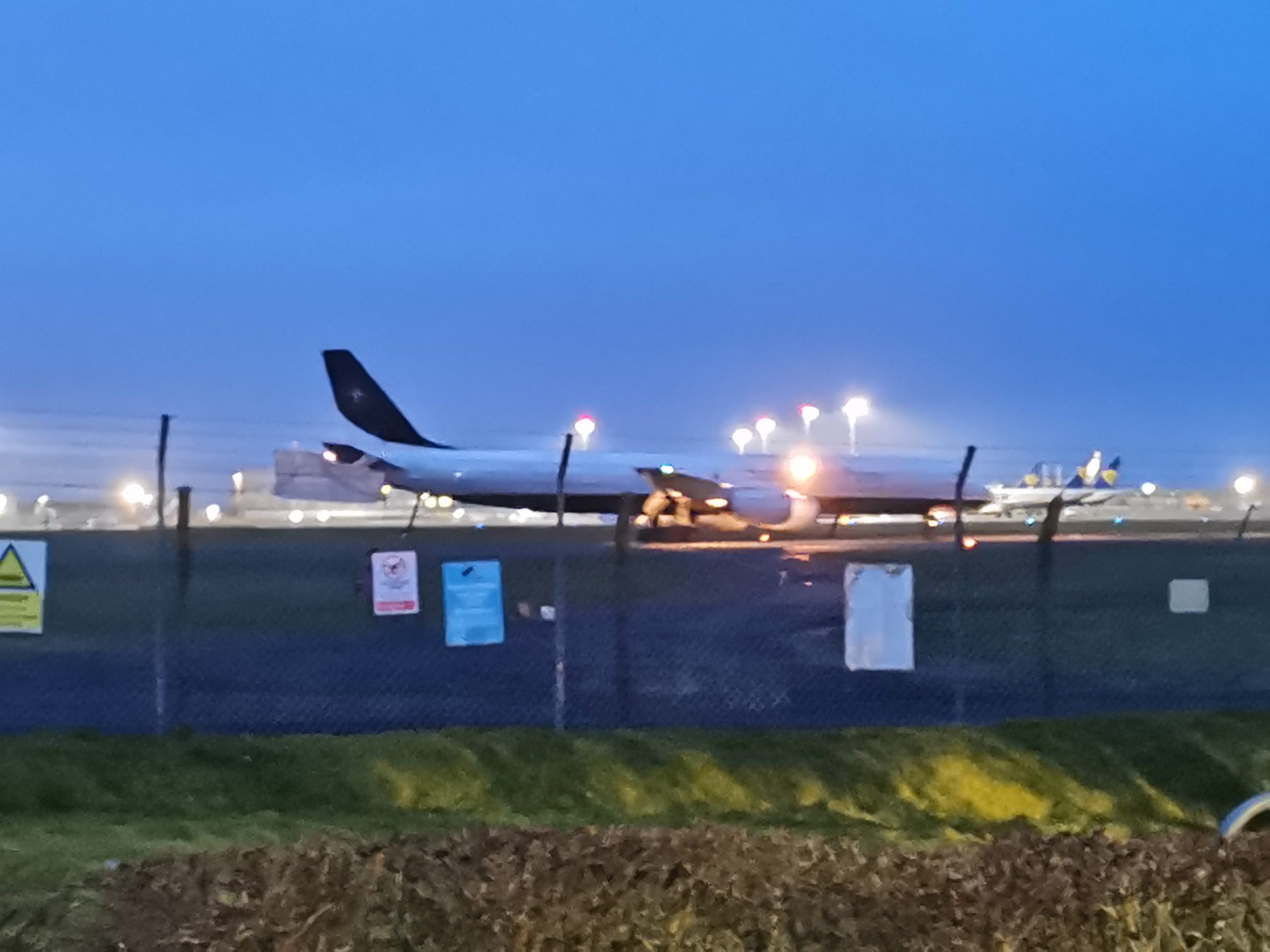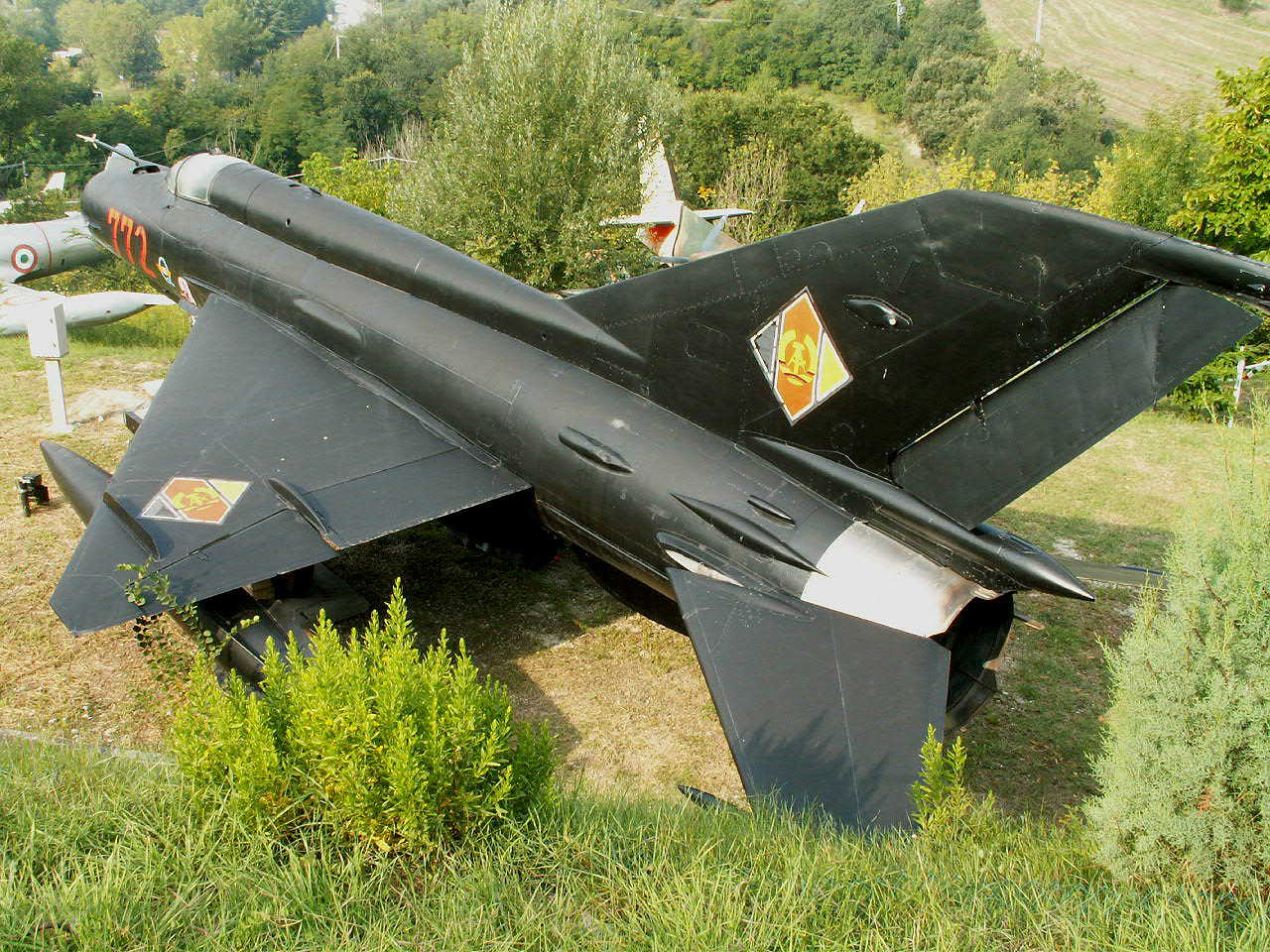I am not sure where to start with telling people about aviation photography, there are so many people who have so many different opinions that you are almost certain to clash with someone.
As for me, I want a photograph that captures a reasonable representation of the aircraft showing a reasonable amount of detail. But before I delve into detail, I have a few questions to put out there – in my opinion they are worth considering.
Viewing Images
The first questions are simply about how you view images and how you consume digital media from other sources.
- Pretty much everyone has some photographs in a number of formats, if you have prints – how many of them are bigger that 7″ X 5″?
- When viewing digital images on a PC or Laptop, how often do you use the actual size function?
- Do you use a phone or tablet to view online images, or do you use a large monitor?
The above questions might seem pretty banal, but if you think about things you’ll see why I ask them. Take the first question, a photographic quality 7″x5″ (300ppi) print is just over 3.1MP which equates to a sensor of 2100 X 1500 pixels.
As to the second question, given that the average Laptop or PC Monitor has a resolution of around 2MP or 1920 X 1024 pixels a 2100 X 1500 image file will fill the screen plus a bit!
The third question is perhaps the most relevant here, if you view your images on a tablet or phone then the physical size of the devices comes into play and although the screen resolutions can be very high on these devices – the viewing area is pretty small in most cases.
Capturing Images
This is where the lid comes off the can of worms, if you want to capture high quality images you can do that with a Phone, a Tablet, a Digital Compact, a Bridge Camera a DSLR and a Digital Mirror-less Camera. Each type of device has its own merits and as is to be expected its own failings.
Lets start with the good old smart phone, most people have one and the camera’s are pretty good on them – with the lowest resolution available being around 5MP and the highest being an amazing 100+ MP. The pro mode on many of these camera’s allow full control and many of them have double digit zoom capabilities. So whats not to like about them, most cameras lenses make them more suitable for close work so they are great for taking a picture of a static aircraft at a display – but not that great for flying shots or shots at a distance.
Tablets in general have less camera functionality and resolution, but are OK for close up photographs. But it should be noted that these devices are improving with each iteration of the product, the latest iPad is a good product in terms of its photographic capabilities.
Digital Compact Cameras, I have used several of these – the cheapest was a Canon A2300 which was a great little camera and could be carried in a pocket quite easily. It gave good results but as it didn’t have a viewfinder or a very bright rear screen, using it for flying shots was very difficult and the results were not great. For aircraft on the ground, it was a great little camera with 10MP and 10 X Optical Zoom and the lens would fit through the gaps in most perimeter fences.
For general use a Bridge Camera is hard to beat, quite a number of these cameras are available covering very serious rages when it comes to focal length – at least one covers 24mm – 3000mm. These cameras can deliver great results, but be aware that trying to take a flying shot with a 3000mm lens will not be an easy thing to do. Whereas the optics on these types of cameras will be good, they are not changeable so getting feedback from an someone who uses a bridge camera is probably worthwhile.
DSLR and Mirror-less cameras, well you are getting in amongst the big boys now. So the features that you choose directly impact cost, I have read quite extensively on the subject of DSLR’s and Mirror-less as I’m thinking of upgrading my current cameras – in fact I seem to think about it once a week or so! At the moment the DSLR camera seems to have the edge for aviation photography, in particular around the speed of the auto focus. But it probably won’t stay that way for long, given the speed that technology moves at.
Mirror-less cameras are on the up and up, all the major manufacturers have models that seem to fit around the DSLR’s that they manufacture. This is probably the way that the camera world will go eventually, but I think that it’s going to be a while before the DSLR is confined to history – if it ever is.
As to the best camera for aviation photography, the one you have in your hand when you need to take the picture.
